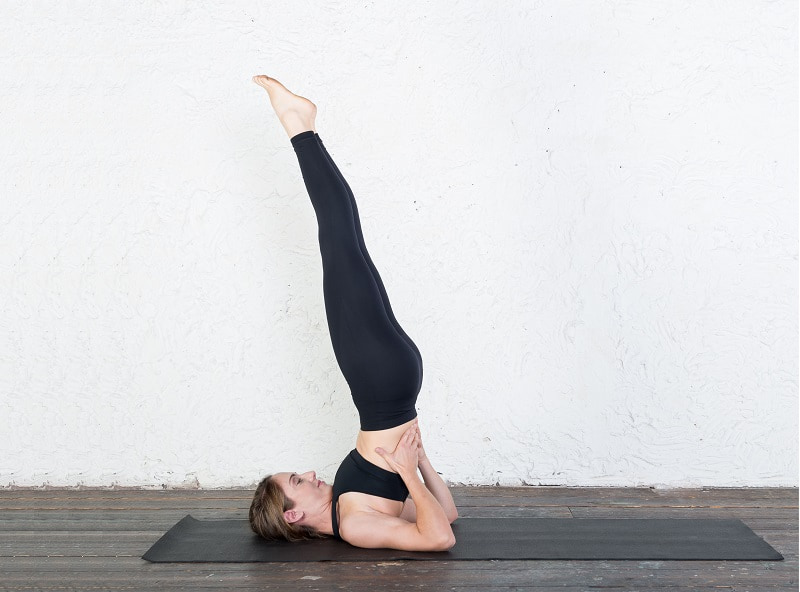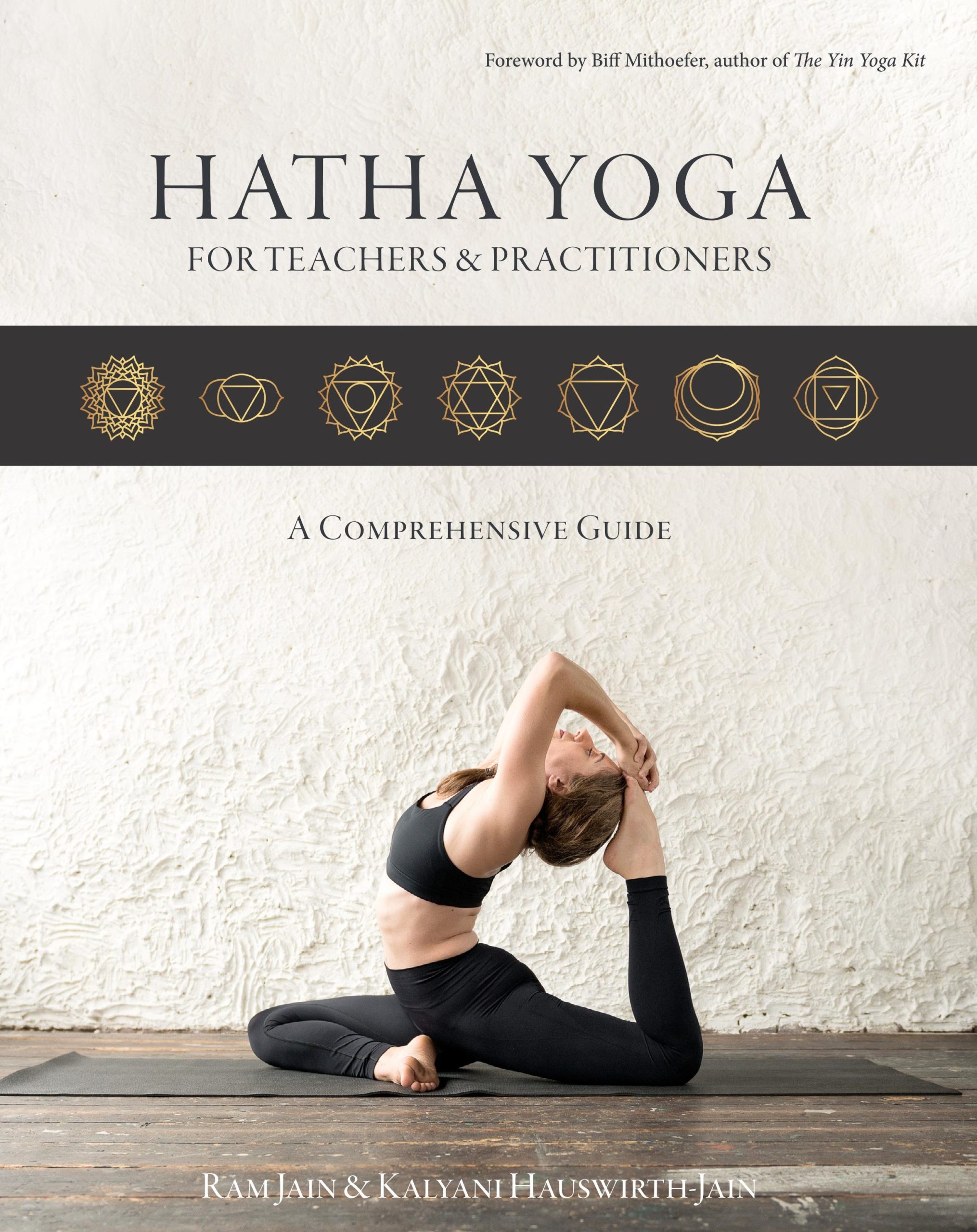Shoulderstand - Sarvangasana
Shoulderstand, also known as Candle Pose, is often called the ‘queen of asanas’. Together with the Headstand Pose, this is one of the most important Hatha Yoga poses because of the numerous benefits of these poses on both the body and the mind.

Category | Inversion |
Chakra | Vishuddha/Throat Chakra |
Meaning | This Sanskrit name literally means - all limbs pose. |
Benefits of Shoulderstand
- Regular practice in a steady, comfortable manner within a balanced yoga asana program
- stimulates the Throat Chakra and therefore stimulates your thyroid and parathyroid glands, improving their overall functioning and therefore balancing the metabolism, digestion, and insulin production
- slows down your heart rate and lowers blood pressure, giving your heart a rest and reducing strain on your heart
- activates your parasympathetic nervous system, ensuring the proper function of all internal processes such as digestion and elimination as well as hormonal balance
- improves the venous return of blood from your legs and therefore is highly beneficial for varicose veins and hemorrhoids
- encourages deep abdominal breathing (because the use of the top portion of the lungs is limited), therefore increasing the effectiveness of each breath
- improves digestion and cures constipation as it releases gravitational compression on the colon
- provides a gentle massage to the heart and lung region
- strengthens the deep-core muscles, legs, buttocks, and lower back
- increases upper-body and arm strength
Instructions of Shoulderstand
How to come into the pose
- Lie down on the back, with your feet together and arms next to your body
- Keeping your head and neck on the floor, breathe in as you lift both legs to 90 degrees
- As you lift your hips up toward the ceiling, place your hands onto your hips and walk your hands up toward your shoulder blades
- Lift your hips up as high as you can, bringing your chest toward your chin
- Keep your back supported with your hands and make sure that your feet end up straight above your head
- Breathe slowly in this position and focus on the throat region.
Coming out of the pose
- Slowly drop your feet towards your head and place your hands on the floor, keep your head on the floor, and slowly roll out of the pose.
Alignment Cues for Shoulderstand
- Try to straighten the back as much as possible. If required, bring your hands closer to your shoulders and your elbows a little closer to each other.
- Make sure that your feet are right above your head, with most of your weight on your shoulders.
- Your neck should not be bearing your body weight, and should not be pressing into the floor but keeping its natural curve off the floor.
- To accomplish this, draw your shoulder blades toward each other, creating an arch in your neck.
- Keep your legs and feet relaxed and hold the pose
Duration of hold
- Beginners: 30 seconds–1 minute
- Intermediate: 1–3 minutes
- Advanced: 3–6 minutes
Modifications
- It is recommended to place a folded blanket 3–5 cm thick underneath your shoulders to release pressure on your neck.
- By placing the blanket underneath the shoulder girdle, but keeping your neck off the blanket, you create a level difference that allows your body to straighten up more, avoiding over- flexion and therefore strain of your neck.
- If you struggle to hold the pose, you can use the wall as support.
Cautions and Contra-indications
- Please take these precautions into consideration when practicing Shoulderstand. Avoid the pose or seek a qualified, experienced yoga teacher to help you if you have:
- Hypertension
- Cardiovascular issues
- Neck issues
- Shoulder issues
- Recent surgery or inflammation in your head region (for example ears, eyes, nose)
- Arthritis or osteoporosis
- Brain injuries
- Lower-back and spinal issues (e.g. chronic pain, herniated disc, sciatica, SI-joint instability)
- Acute migraine or headache
- Asthma or other breathing disorders (Hold only for short durations. Skip altogether if it causes too much discomfort, nausea, or shortness of breath.)
Relevant Poses
Rest in Corpse Pose and then move on to Plough Pose.
For more yoga asanas and exercises, make sure to visit Arhanta Yoga Asana Guide!

Get a free copy of our Amazon bestselling book directly into your inbox!
Learn how to practice, modify and sequence 250+ yoga postures according to ancient Hatha Yoga principles.
